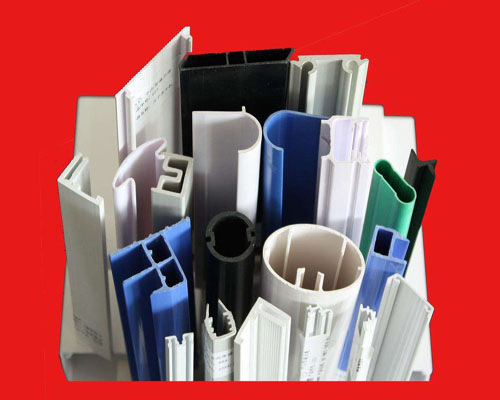
Phone Number :
10 11, 2023

Plastic extrusion is a widely used manufacturing process in which raw plastic materials are melted and shaped into continuous profiles, such as pipes, tubes, sheets, and rods. This versatile process finds applications in various industries, including construction, automotive, packaging, and more. To ensure successful extrusion, it is crucial to choose the right types of plastics suitable for the process. Let's explore the common plastics used for extrusion.
Polyethylene is one of the most commonly used plastics for extrusion due to its excellent flexibility, chemical resistance, and low cost. It is available in different densities, including high-density polyethylene (HDPE), low-density polyethylene (LDPE), and linear low-density polyethylene (LLDPE), enabling it to cater to a wide range of applications. PE is widely used in manufacturing pipes, packaging films, and wire and cable insulation.
PVC is another widely used plastic for extrusion, known for its excellent durability and resistance to moisture, chemicals, and UV radiation. It is commonly used in construction applications, such as window profiles, doors, and electrical conduits. PVC is available in rigid and flexible forms, making it suitable for various extrusion processes.
Polystyrene is a versatile plastic that is highly suitable for extrusion. It can be extruded into various forms, including sheets, foams, and films. PS offers good transparency, impact resistance, and insulation properties. It is commonly used in packaging, signage, insulation, and disposable food containers.
In addition to these three commonly used plastics, other materials suitable for extrusion include polypropylene (PP), acrylonitrile-butadiene-styrene (ABS), and polytetrafluoroethylene (PTFE). Each of these materials possesses unique properties that make them ideal for specific applications.
Choosing the right plastic is crucial for successful extrusion, and it largely depends on the specific application requirements. Polyethylene, polyvinyl chloride, and polystyrene are widely used due to their versatility and excellent properties. Additionally, materials like polypropylene, acrylonitrile-butadiene-styrene, and polytetrafluoroethylene also find use in extrusion applications. By understanding the characteristics of different plastics, manufacturers can select the most suitable materials for their extrusion needs.